A recently decoded manuscript has been identified as the oldest known written record of Jesus Christ’s childhood. This is a significant and fascinating discovery in biblical scholarship.
This intriguing manuscript, which is more than 1,600 years old, offers an extraordinary and rare glimpse into the early life of Jesus. The manuscript provides both invaluable insights into ancient Christian texts and the life of ancient Christians.
An Undiscovered Gem

For decades, an ancient manuscript had been stored in a library in Hamburg, Germany. It was largely overlooked and considered unimportant by scholars.
This was until Lajos Berkes, a theology lecturer, and Gabriel Nocchi Macedo, another language and religion expert, decoded the document.
Perplexing Papyrus
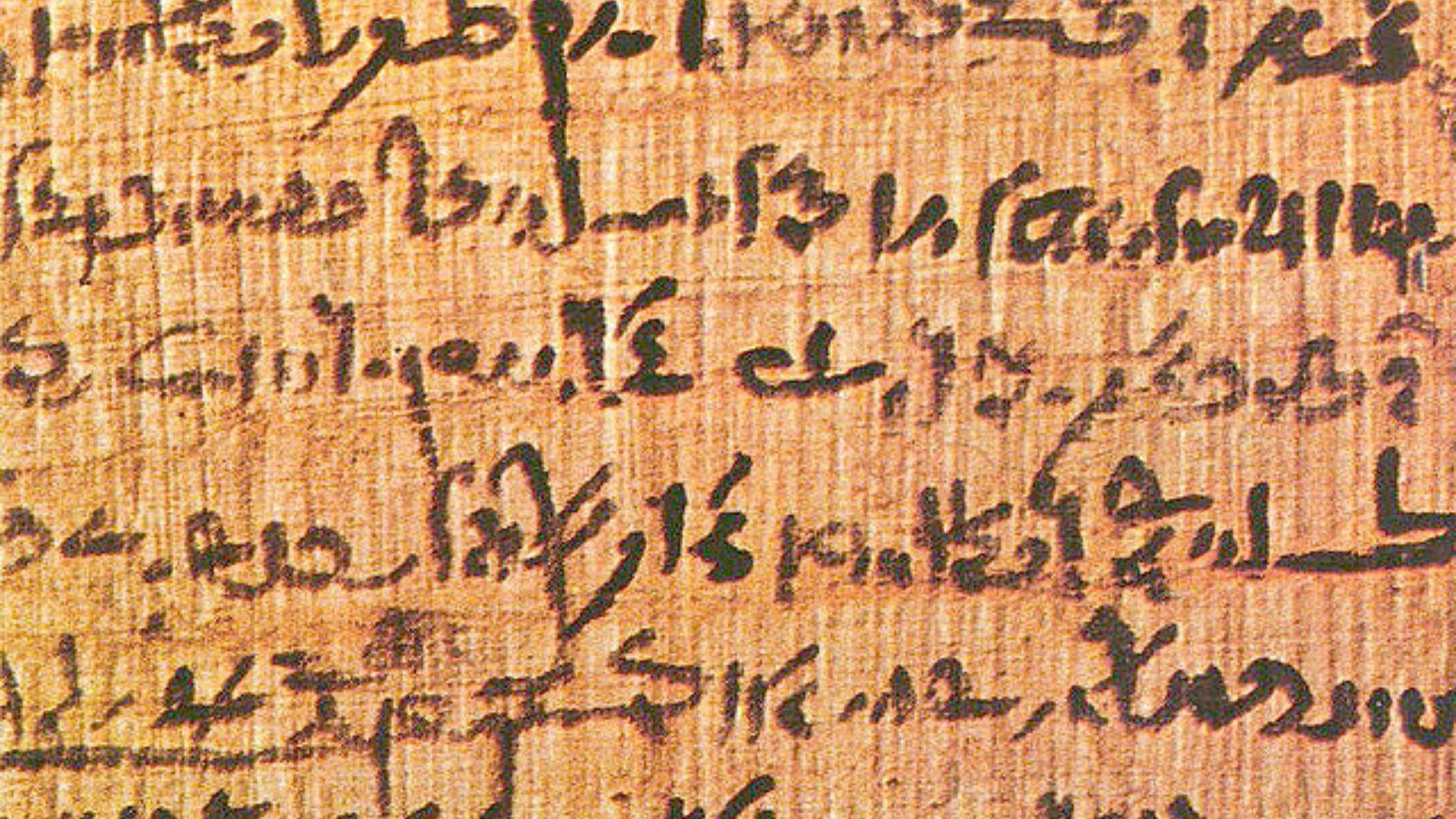
This document was written on fragile papyrus. Papyrus is a material similar to thick paper that was used in ancient times as a writing surface. It was made from the flesh of the papyrus plant.
This particular piece of writing is believed to have been created in either the 4th or 5th century, a period when Christianity was spreading across the Roman Empire. The fragment of papyrus had Greek text messily handwritten on it.
Not Just an Everyday Document
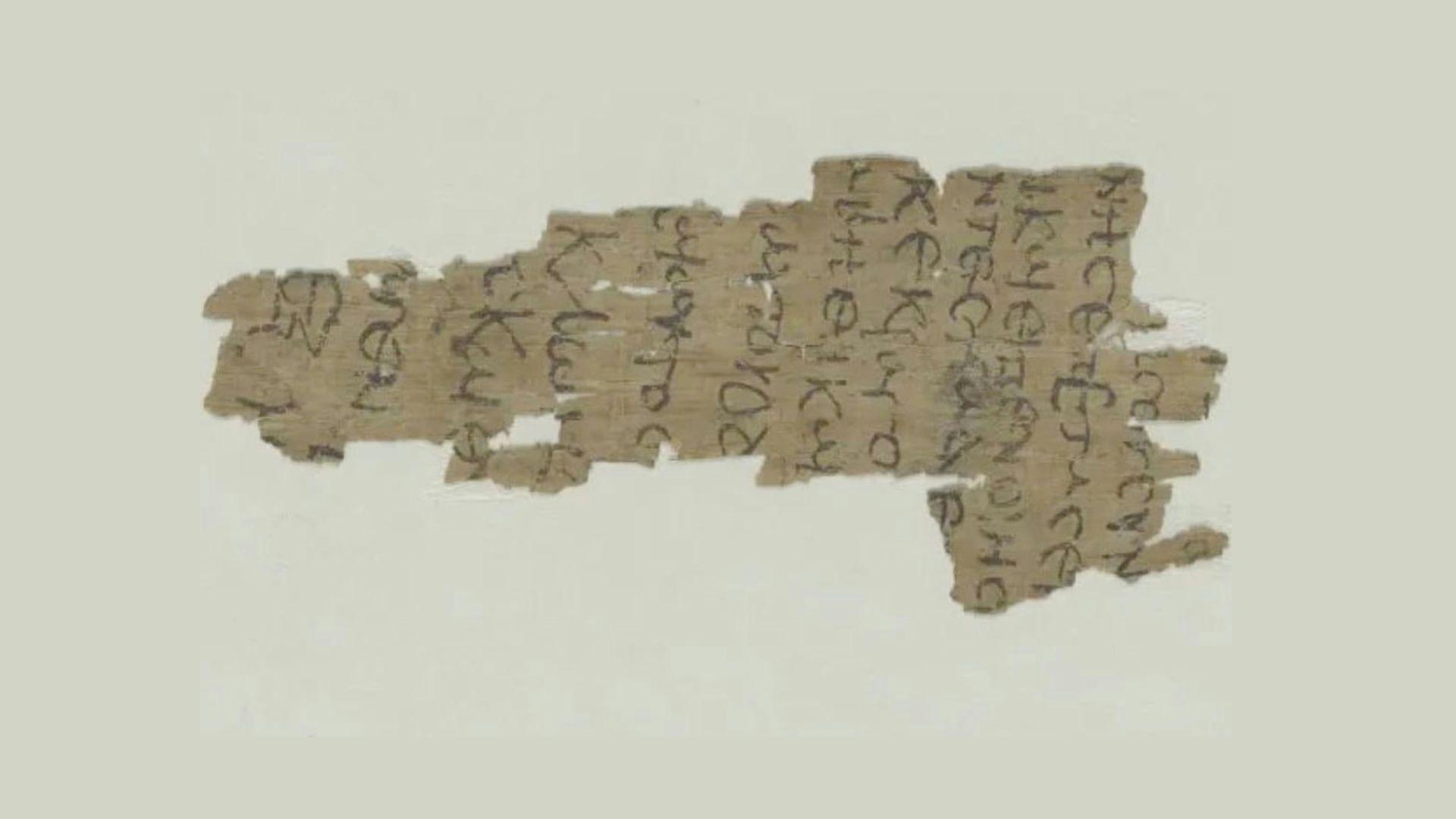
The document was thought to be a mundane record, so no one paid it much attention. Berkes explained, “It was thought to be part of an everyday document, such as a private letter or a shopping list, because the handwriting seems so clumsy.”
However, the recent breakthrough came when the two experts, skilled in the study of ancient texts, deciphered the manuscript and made a groundbreaking discovery.
Discovering Jesus
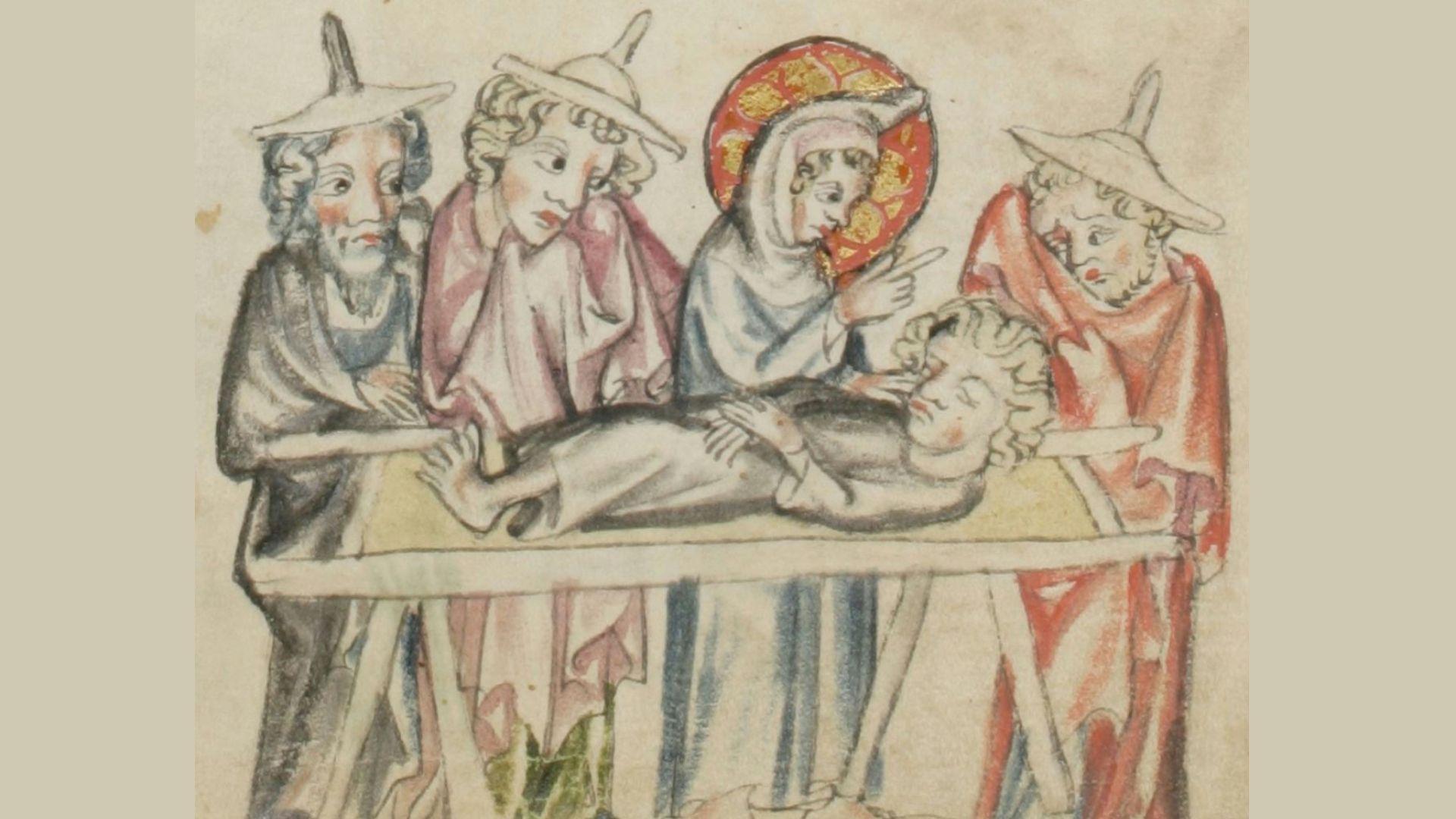
The experts’ curiosity was piqued when they noticed the word “Jesus” in the text, prompting them to delve deeper into the manuscript’s meaning and significance.
Berkes recounted, “We first noticed the word Jesus in the text. Then, by comparing it with numerous other digitized papyri, we deciphered it letter by letter and quickly realized that it could not be an everyday document.”
Translating the Manuscript
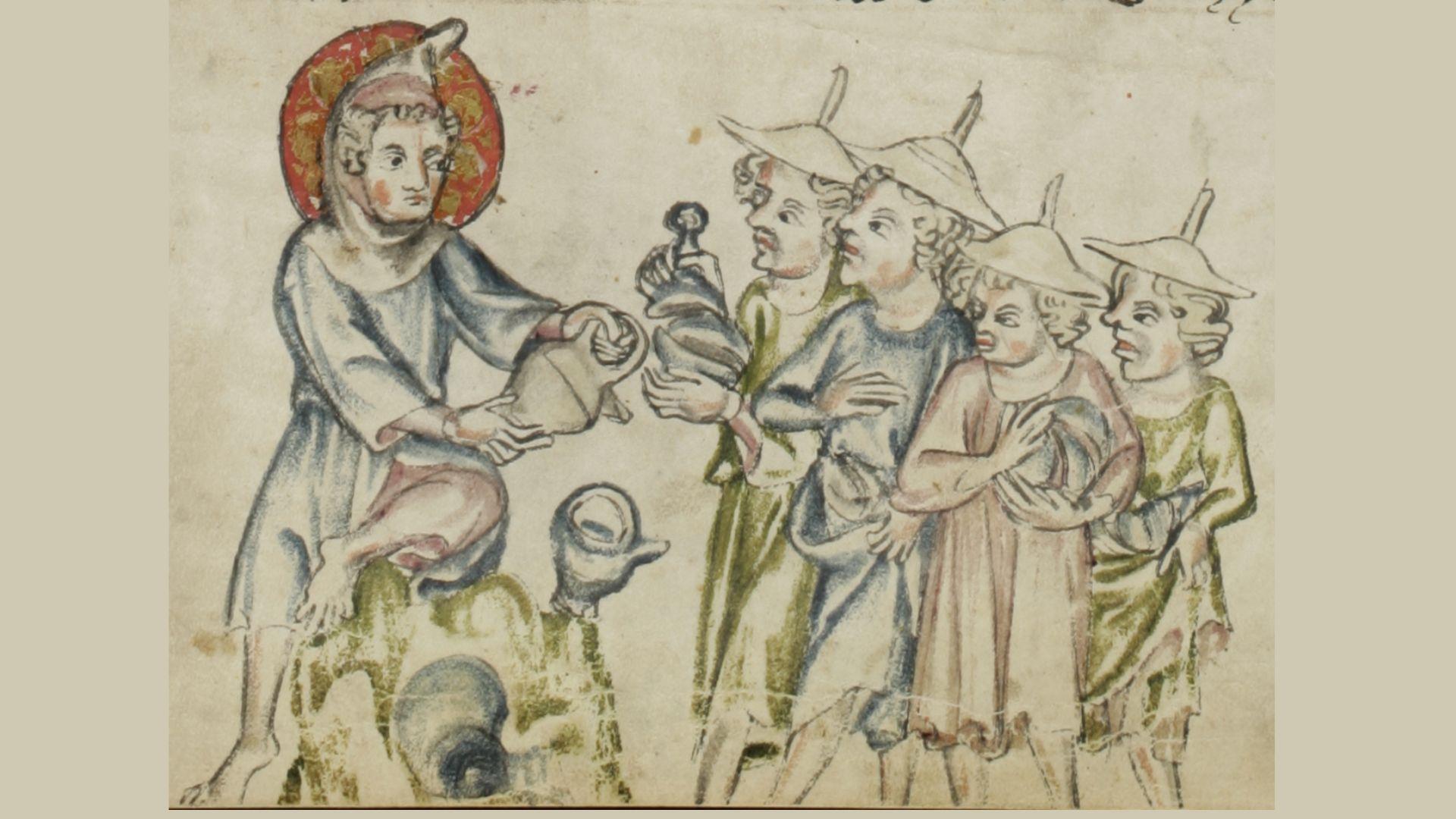
It quickly became clear that the text on the papyrus was not just an everyday document, but a significant piece of Christian history. They soon discovered that the piece of text is actually the earliest known written record of Jesus’s childhood.
The manuscript contains 13 lines of Greek text and originates from late antique Egypt, a region that was a thriving Christian society during the 4th and 5th century. This adds further context to its significance.
What the Text Says

The text describes the beginning of the “vivification of the sparrows.” This is a story in which a young Jesus miraculously brings 12 clay sparrows to life, showcasing his divine power even in childhood.
This story, regarded as Jesus’s second miracle, is a well-known episode from the Infancy Gospel of Thomas, a text that has intrigued scholars for centuries due to its unique portrayal of Jesus as a child.
The Infancy Gospel
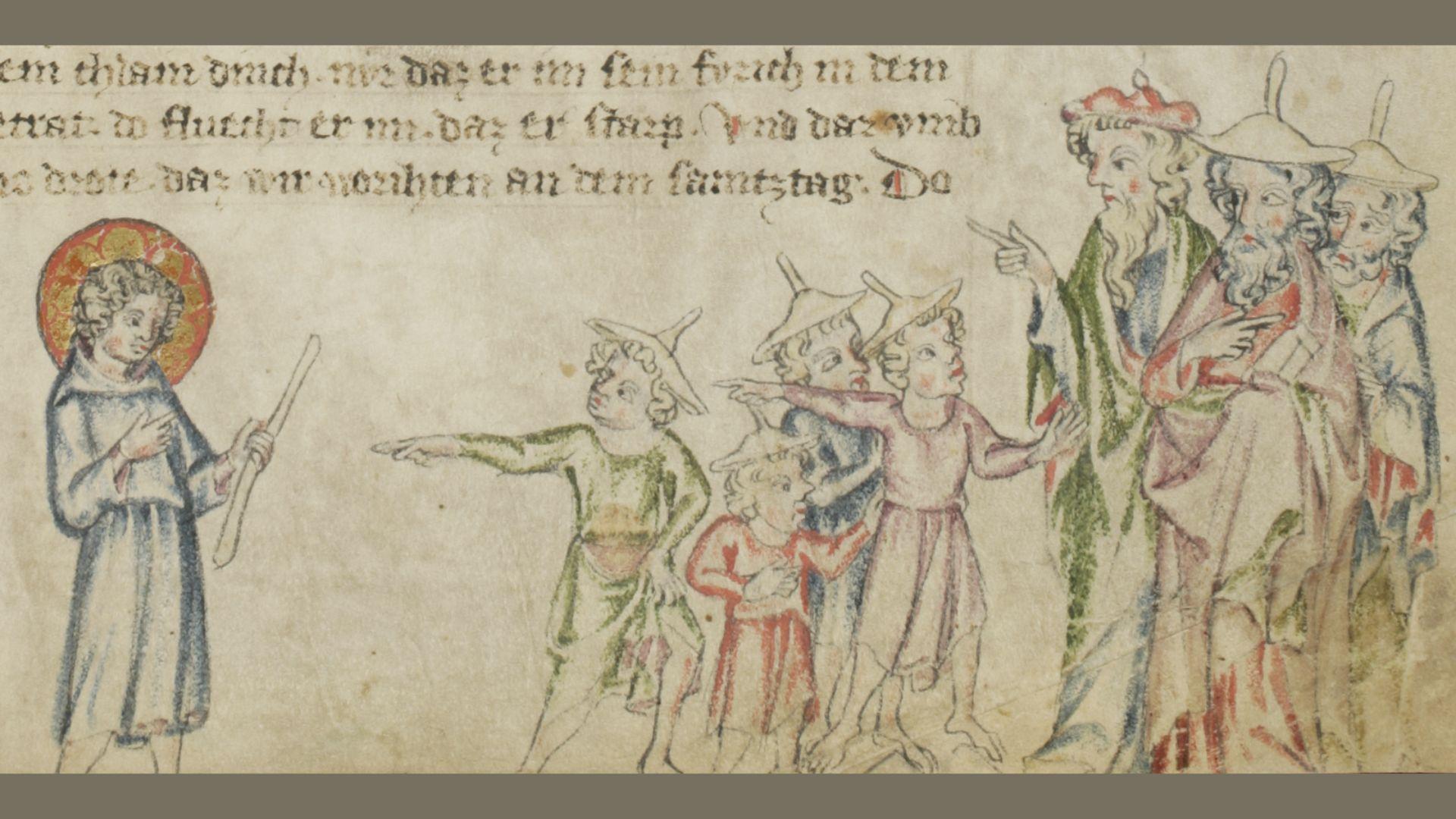
Despite its significance, the Infancy Gospel of Thomas was not included in the official canon of the Bible. Some early Christian leaders were skeptical of its accuracy and questioned the authenticity of the stories it contained.
Also, despite it being called the “Infancy Gospel of Thomas,” the author of the stories is actually unknown.
The Messy Handwriting
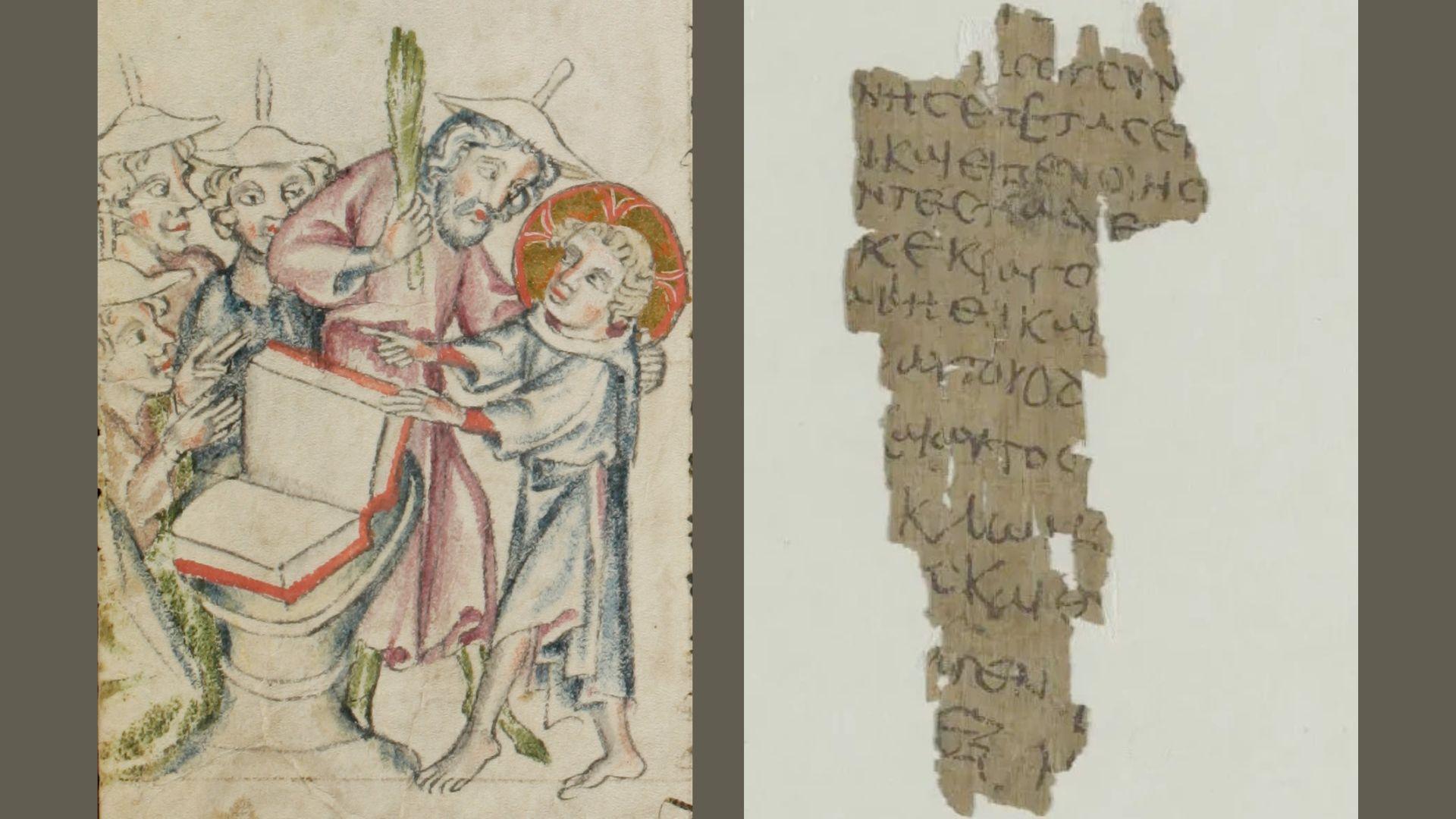
As previously mentioned, the handwriting on the papyrus is messy and clumsy. Macedo suggested that the text might have been used as a writing exercise, possibly completed in a school or monastery, given the nature of its messy handwriting, content, and context.
The discovery of this hand-written manuscript not only sheds new light on the early years of Jesus but also provides a rare glimpse into the practices and beliefs of early Christian communities in Egypt.
In Conclusion
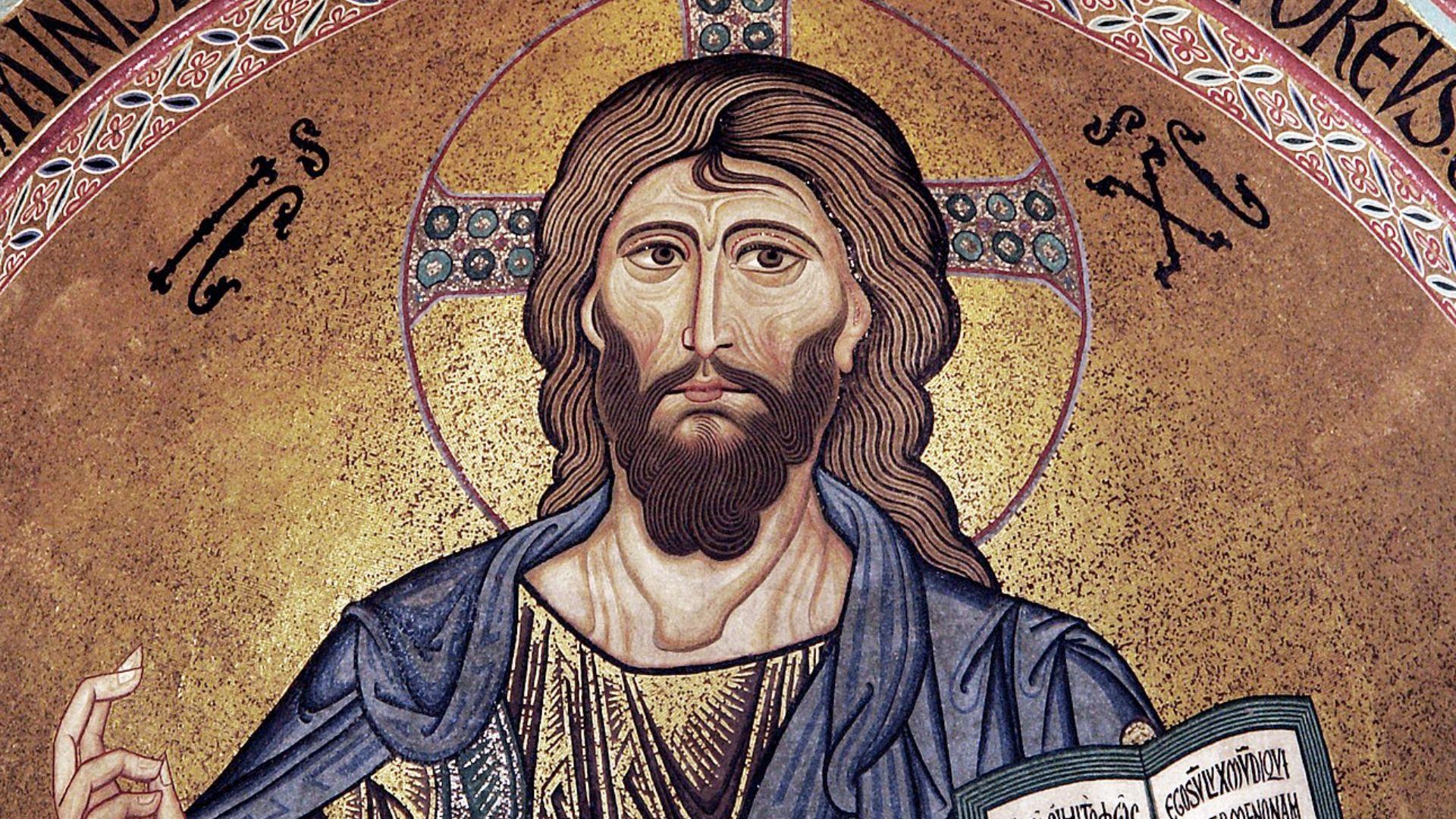
The decoded manuscript now stands as a testament to the importance of preserving and studying ancient texts, revealing that even the most unassuming documents can hold profound historical significance.
With this discovery, the earliest known written record of Jesus’ childhood has come to light, offering an extraordinary new chapter in the study of Christian history and the life of Jesus Christ. This remarkable find serves as a reminder of the rich and complex history of Christianity and the enduring quest to uncover and understand its ancient roots.

